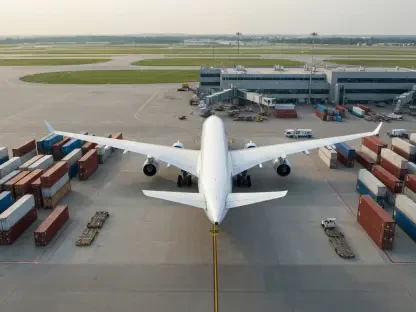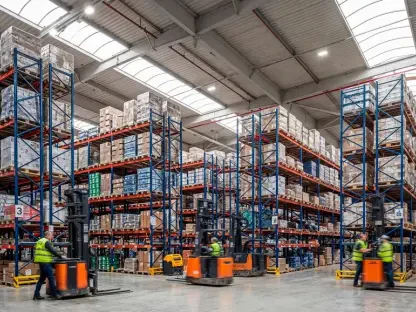As the trucking industry continues to expand its critical role in supply chain dynamics, legislative measures like the Commercial Motor Vehicle English Proficiency Act are introduced to address pressing concerns. With this new bill mandating rigorous English proficiency exams for Commercial Driver’s License applicants, the industry is poised for significant adjustments to ensure roadway safety and effective communication.
Overview of the Trucking Industry
The trucking industry serves as the backbone of the nation’s economy, facilitating the movement of goods across vast distances and playing a pivotal role in supply chains. Its significance is magnified by its vast scope, covering various segments such as freight trucking, long-haul transportation, and specialized logistics. Technological innovations, globalization, and e-commerce have accelerated the industry’s growth, influencing key market players and setting new benchmarks for efficiency. The industry operates under a stringent regulatory framework to ensure safety, environmental sustainability, and compliance with established standards.
Key Trends Shaping the Trucking Sector
Emerging Industry Trends
The trucking sector is characterized by rapid technological advancements, including autonomous vehicles, telematics, and electrification, transforming traditional practices and increasing efficiency. New consumer behaviors, driven by e-commerce demands, necessitate faster delivery times and adaptability, influencing operational strategies. Market drivers such as globalization and economic growth offer new opportunities for those willing to innovate and expand their capabilities.
Market Data and Future Projections
Current market data reveals consistent growth trajectories, backed by increasing demand for efficient logistics. Performance indicators highlight a robust industry with prospects for further expansion through the adoption of innovative solutions. Growth projections for the coming years suggest a positive outlook, driven by regulatory changes, technological investments, and adaptations to shifting consumer needs. This forward-looking perspective indicates that the trucking sector is poised for significant evolution in response to dynamic market conditions.
Industry Challenges and Solutions
Despite the promising outlook, the trucking industry faces several challenges that require immediate attention. Technological complexities, such as cybersecurity threats and integration of new systems, pose obstacles. Regulatory hurdles and compliance requirements demand substantial investments in training and infrastructure. Market competition and fluctuating fuel prices also add pressures that require strategic solutions. By leveraging advanced technologies, improving driver training programs, and fostering sustainable practices, the industry can navigate these complexities effectively and maintain its trajectory of growth.
Regulatory Framework and Compliance
The trucking industry operates within a complex regulatory landscape that mandates compliance with numerous laws and standards. The Commercial Motor Vehicle English Proficiency Act is one such regulatory change aimed at enhancing safety measures through mandated testing. Regulations affect industry practices, dictating operational protocols and enforcing safety and security measures. Compliance with these regulations ensures standardization and promotes a safer and more efficient environment for both drivers and stakeholders.
Future Outlook and Developments
Looking ahead, the trucking industry is on the cusp of transformative changes influenced by emerging technologies and market disruptors. Innovations such as advanced telematics and autonomous trucks promise to redefine operations and increase efficiency. Changes in consumer preferences, driven by digital transformation, suggest a growing demand for agile and responsive logistics solutions. The emphasis is on innovation that aligns with evolving regulations and adapts to global economic conditions, fostering growth and sustainability.
Conclusion and Recommendations
The findings of this report underscore the critical transformations underway in the trucking industry, driven by technological advances, regulatory shifts, and evolving consumer dynamics. To capitalize on these opportunities, stakeholders should invest in technology adaptation, enhance training programs for drivers, and focus on compliance with regulatory changes like the English proficiency mandate. By prioritizing innovation and sustainability, the industry can achieve remarkable growth and continue to play a central role in global logistics while ensuring safety remains paramount.









